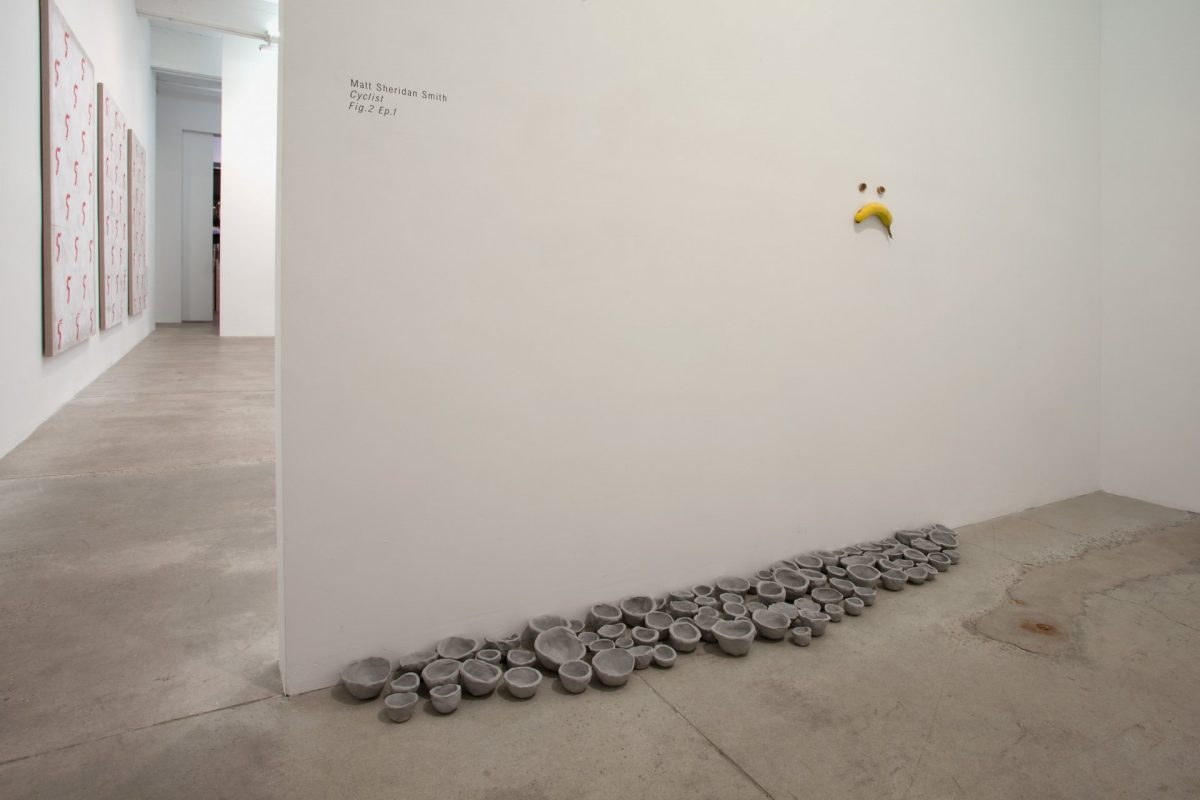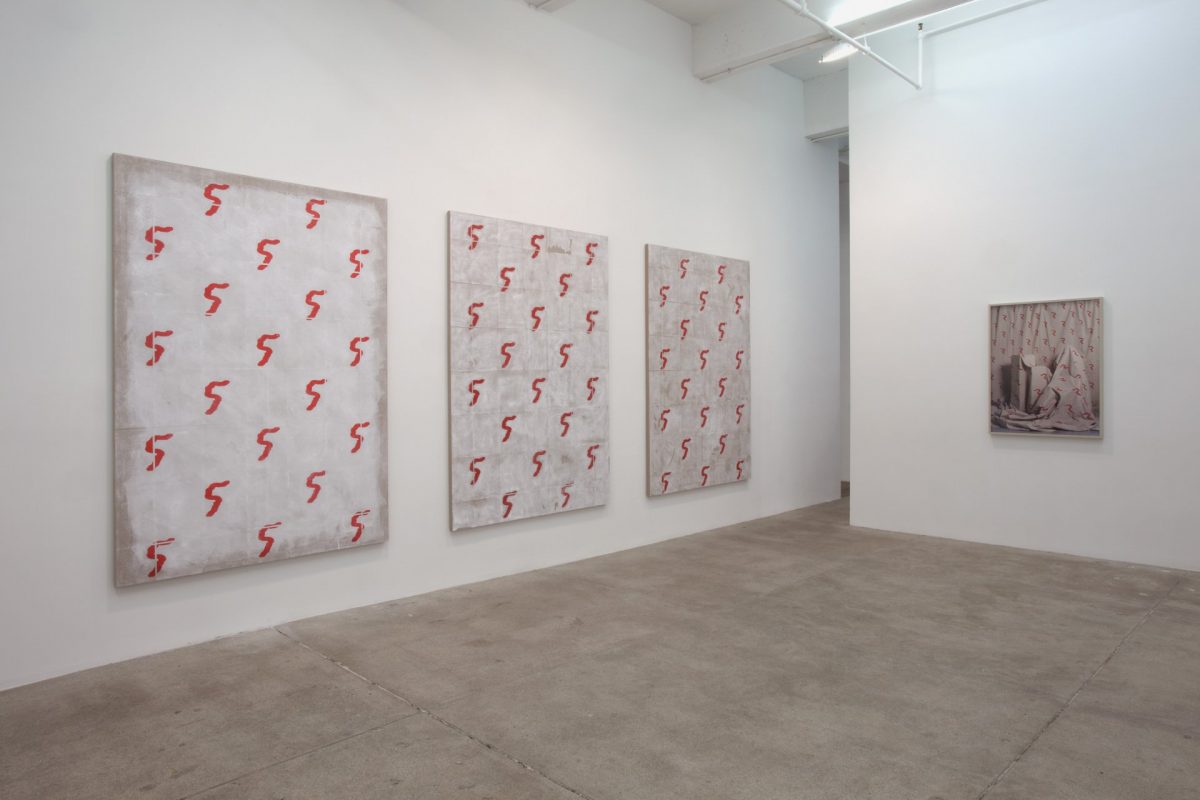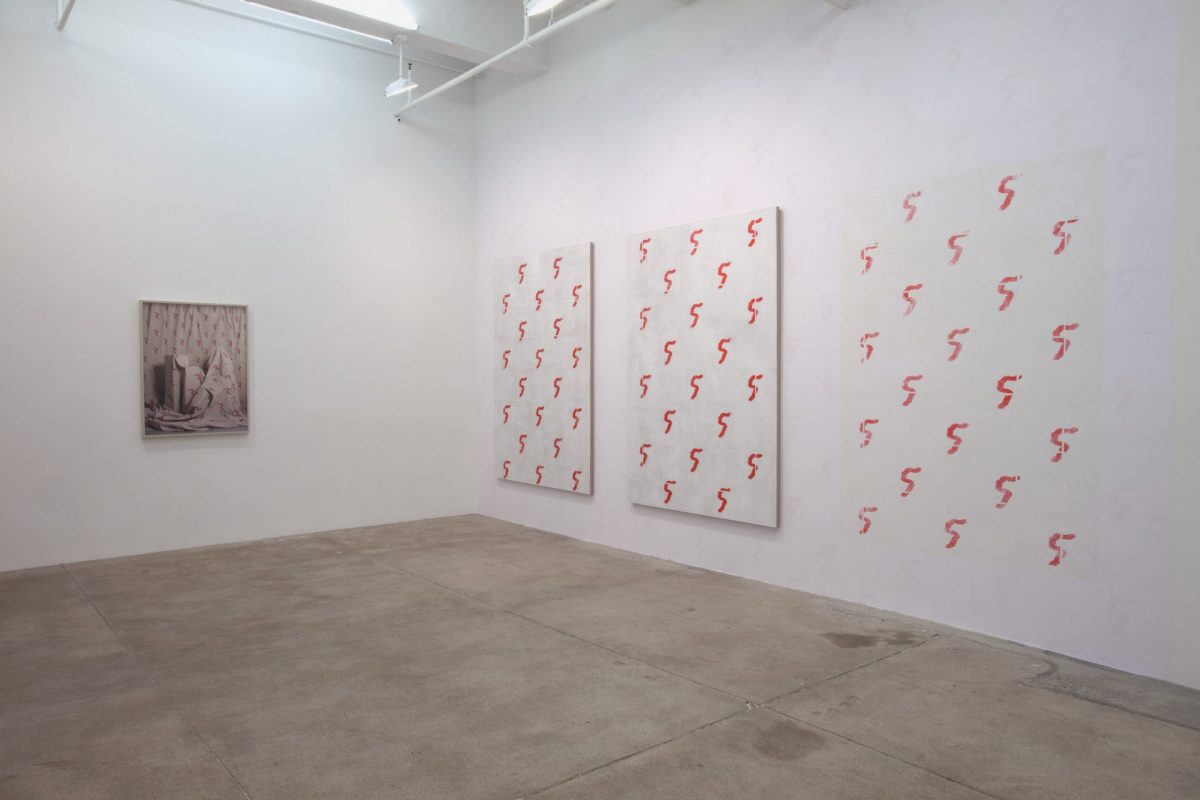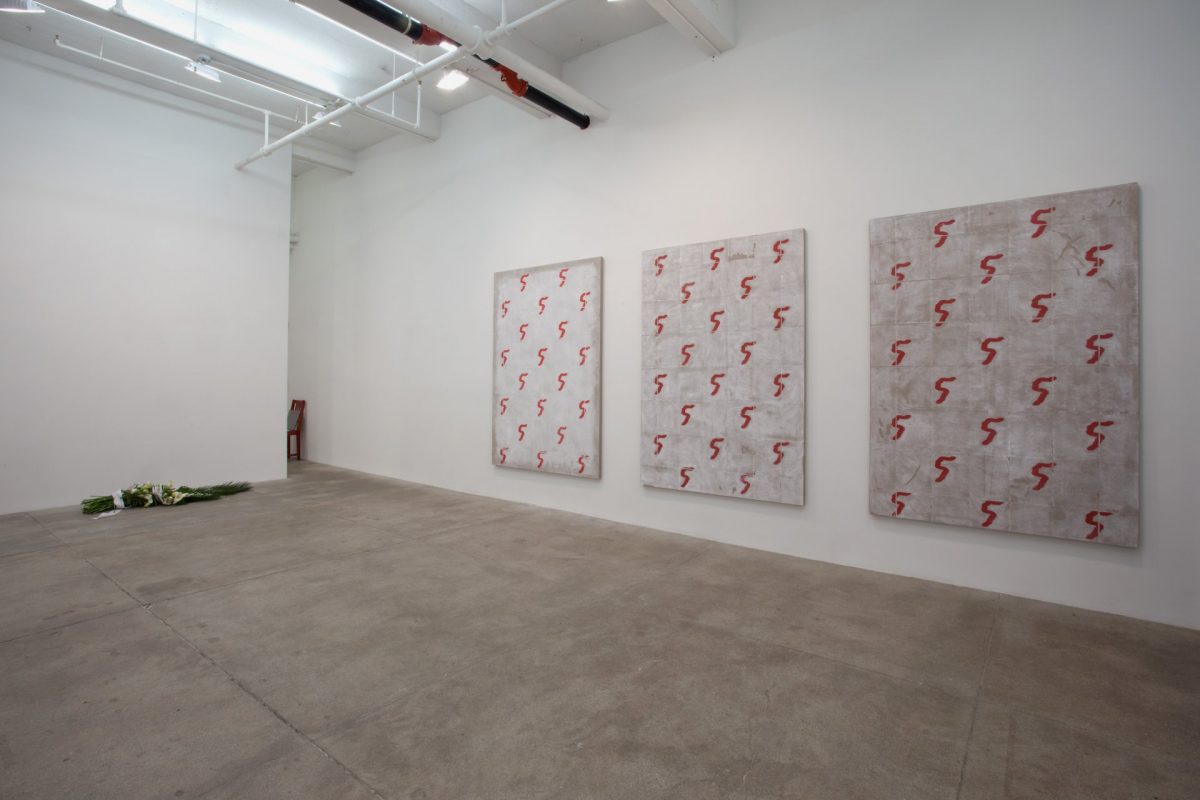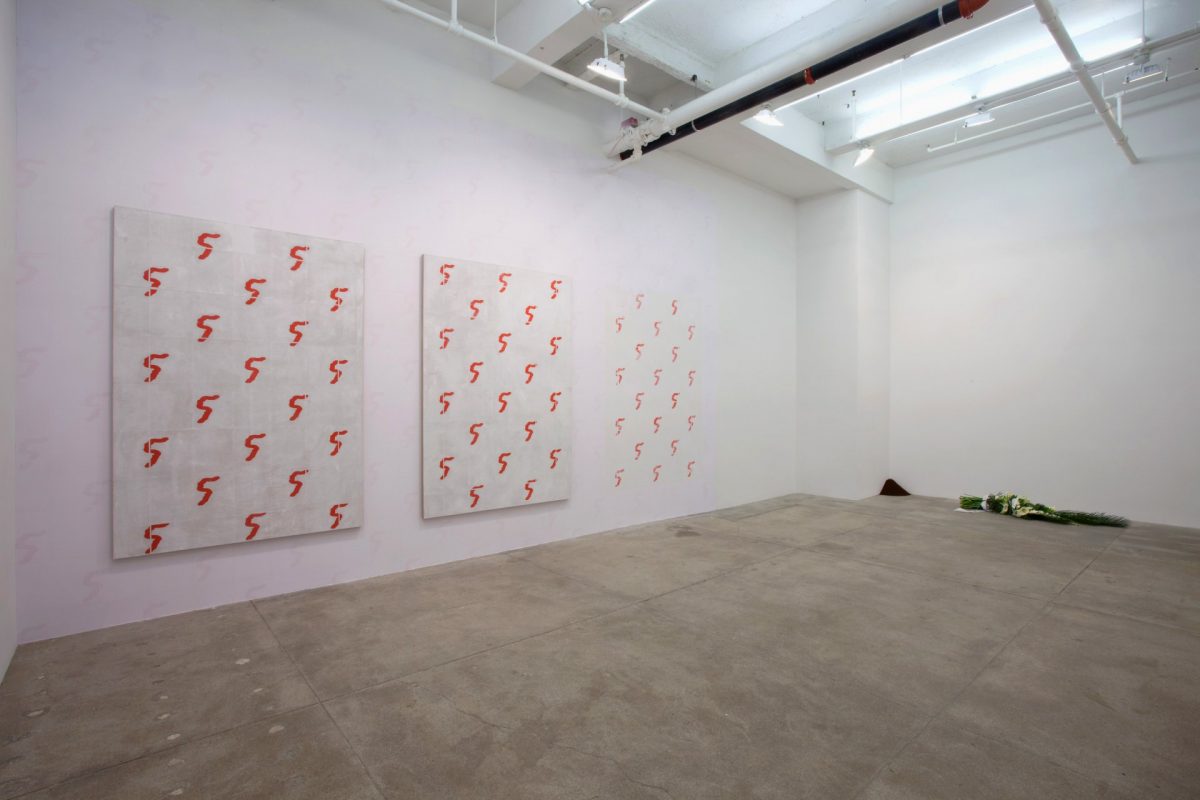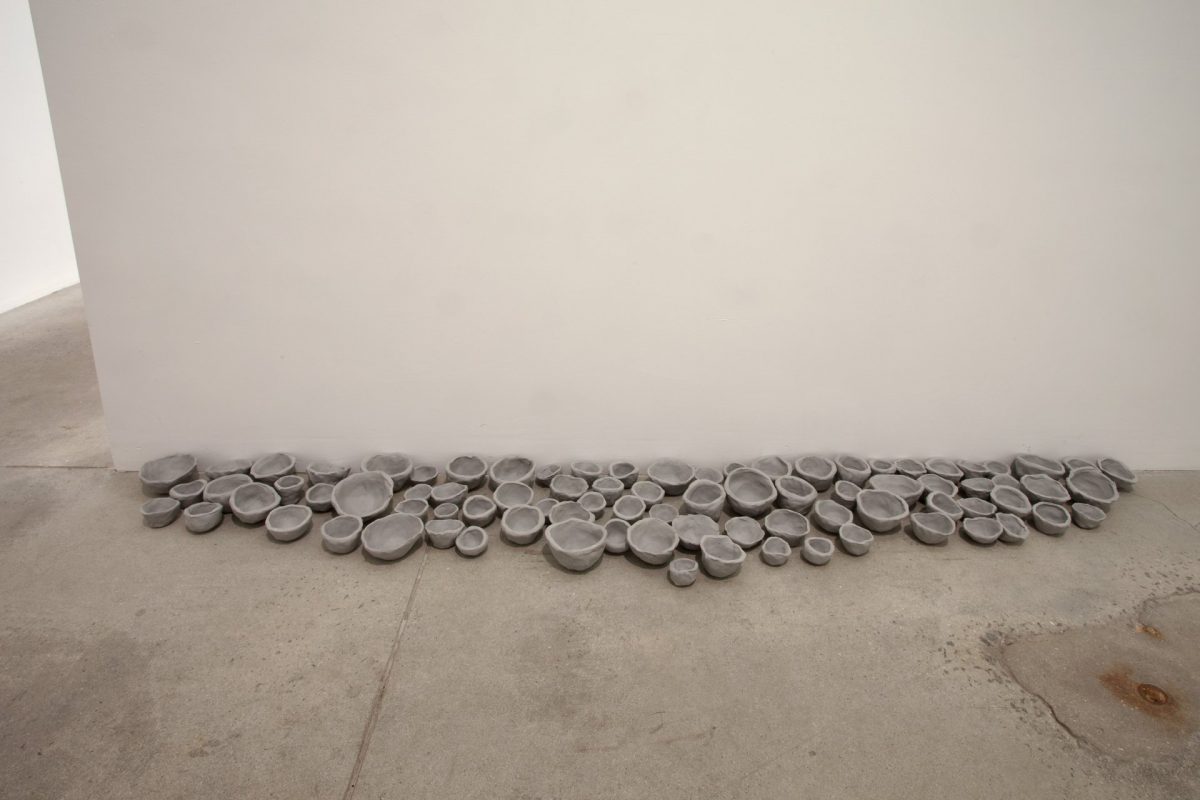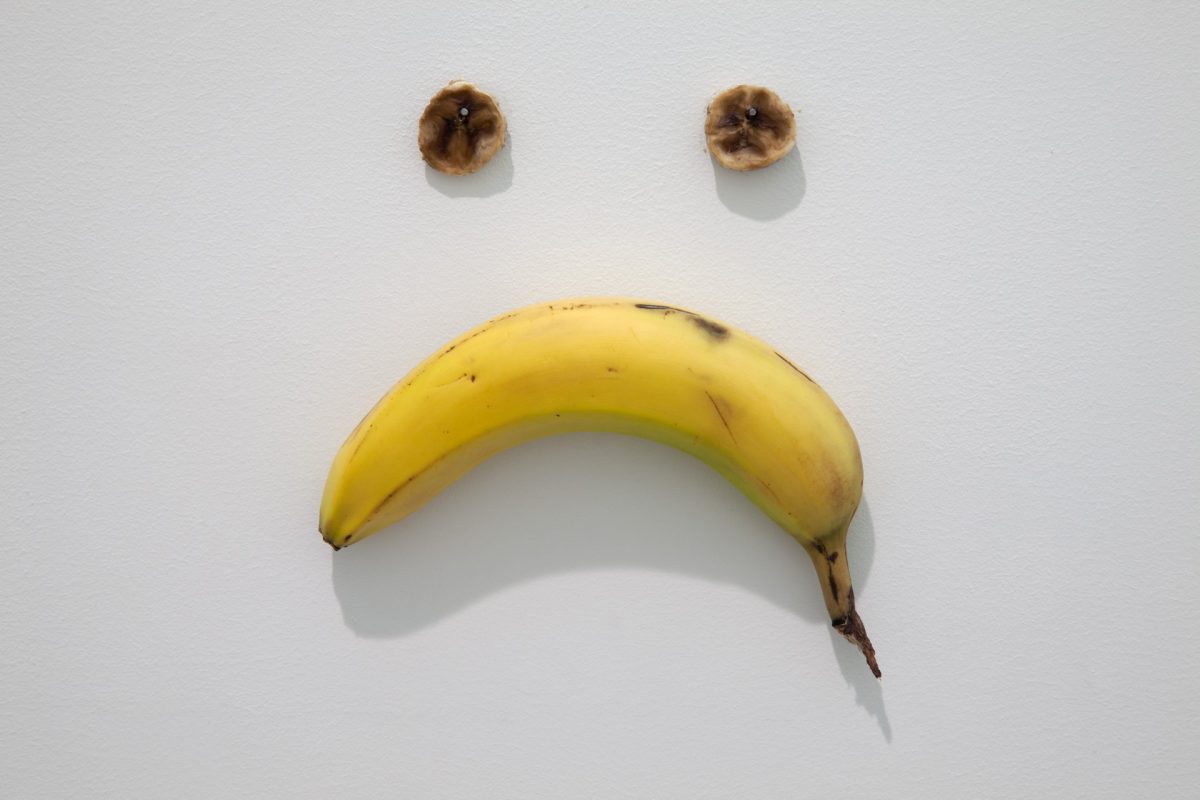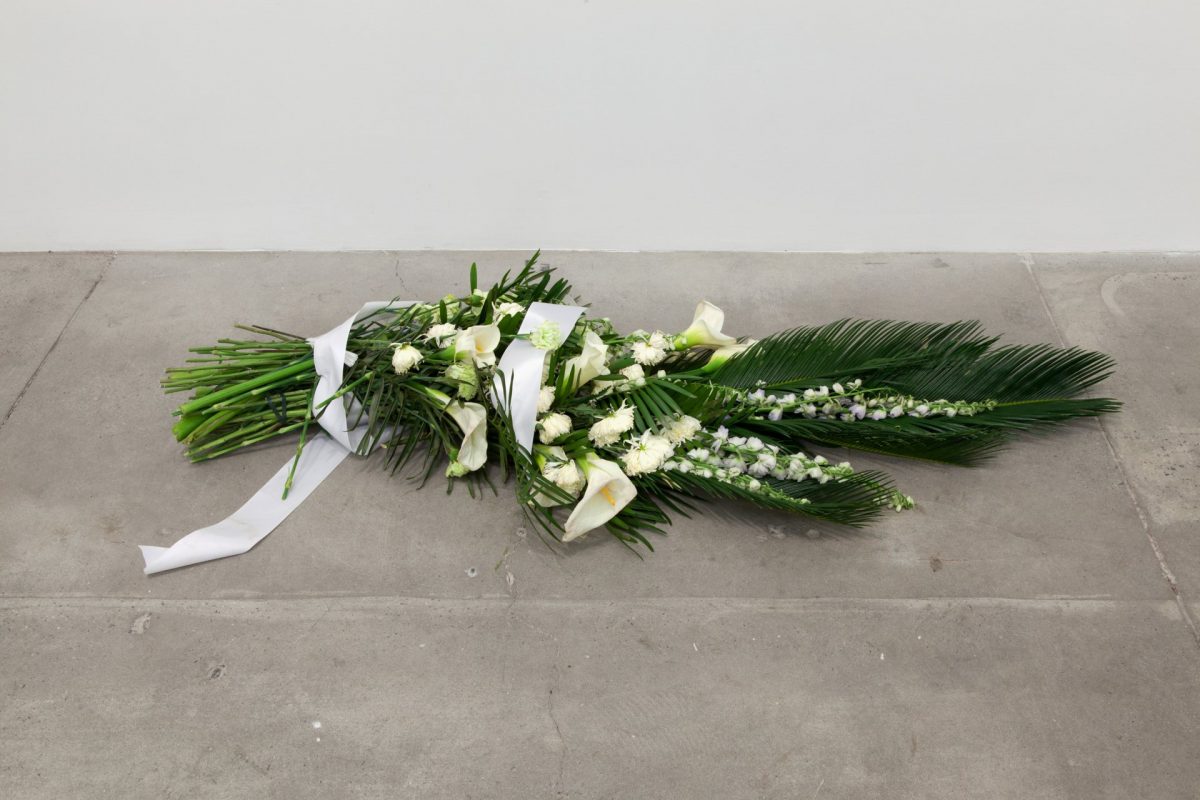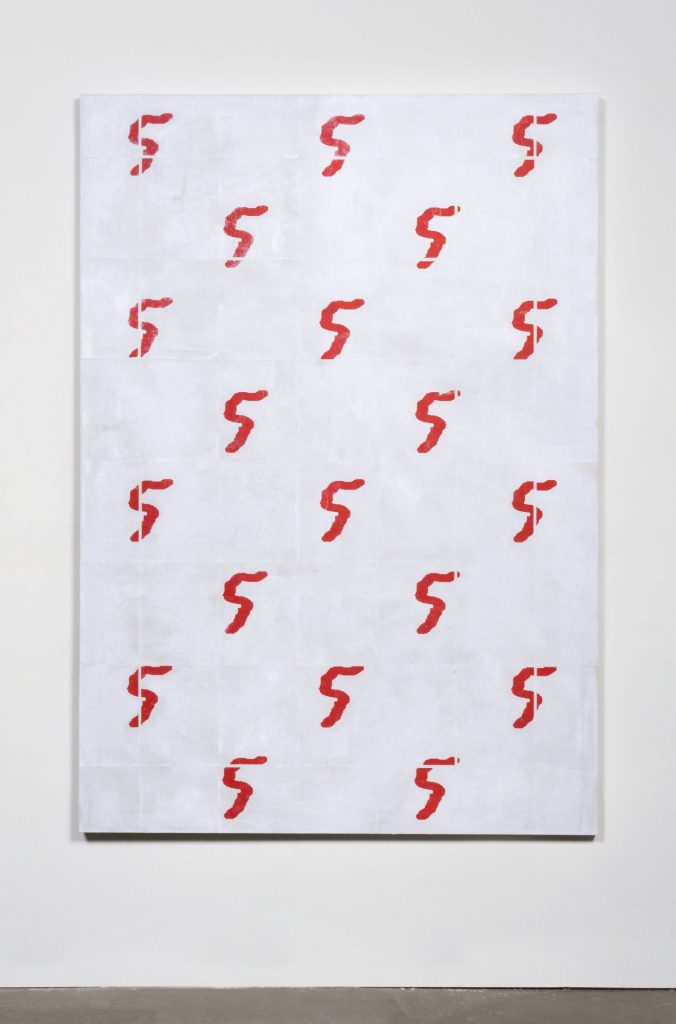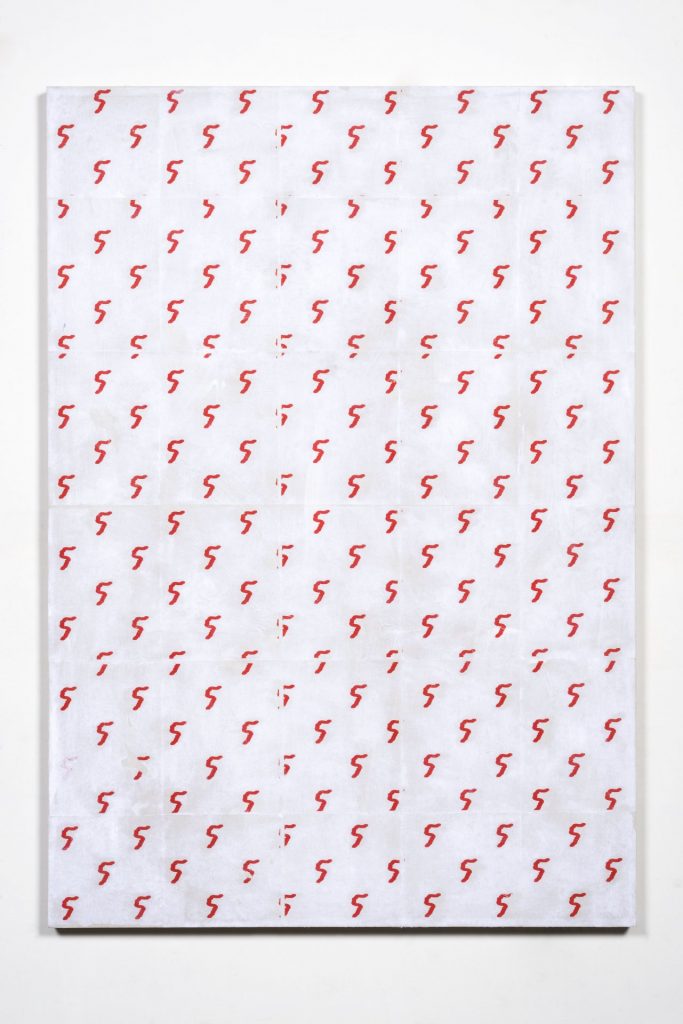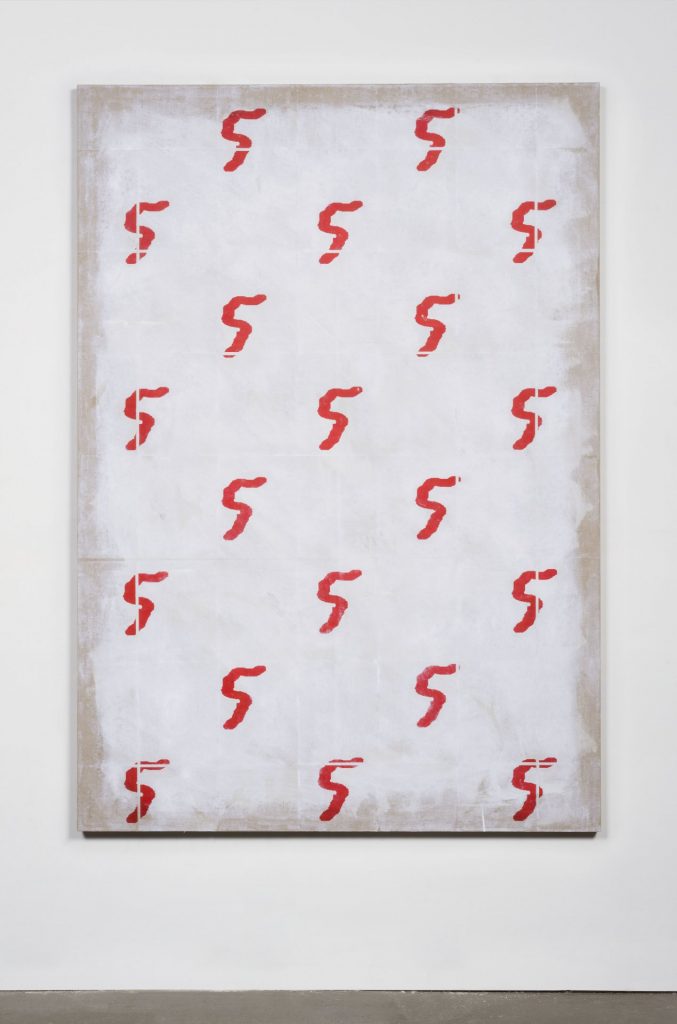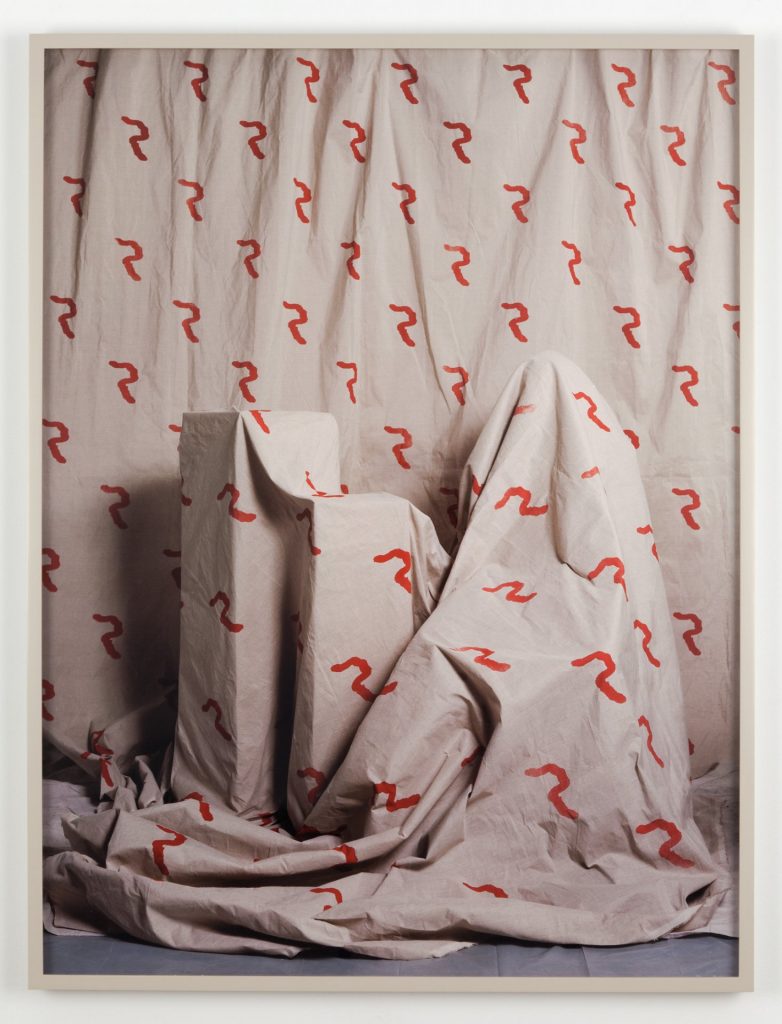
- This event has passed.
“What is a hole?” a clown asked his partner in a ring at the Circus Medrano. Having thus quite confused the fellow, he wast-ed no time in lording it over him: “a hole,” he said, “is an absence surrounded by presence.” For me, this is an example of a perfect definition, and I will use it to define the object of my interest. A ghost is indeed a hole; but a hole to which are attribut-ed intentions, a sensibility, morals; a hole, that is, an absence – but the absence of someone and not of something – surrounded by presence – by the presence of one or several. A ghost is an absent being amidst present beings. And it is the pierced sub-stance that determines the shape of the hole and not the absence which that presence surrounds – for it is only in jest that some tell of cannons of bygone days that foundry workers made by taking holes and pouring bronze around them – when we endow ghosts with intentions, a sensibility, and morals, these attributes reside not in the absent beings, but in the present ones that surround the ghosts. This observation will allow us by the same token to establish the only reasonable approach to phantasmology. – Rene Daumal, “The Pataphysics of Ghosts”
“As the cyclist awoke one morning from uneasy dreams he found himself transformed in his bed into a Figure.”
Together, these works attempt a sort of speculative portraiture. These portraits present themselves as so many still lives, backdrops, kits, all on hold, waiting for a performance that does not come. In playing on the conceptual and rhetorical limits of portraiture, the works, instead of combining signs, accumulate phantasmagorical residues: textures, patterns frozen in repetition, solid and liquid elements, objects and substances that depict presence and absence, fiction and fact, positing imagination and memory as nothing more than various states of viscosity.
Ottavio Bottecchia came to France and with his limited French insisted only: “No bananas, lots of coffee, thank you.” He rode a bicycle around the entire country, leading the entire way, clutching a timepiece whose value was only visible to him, and singing a song’s refrain: “I have seen the most beautiful eyes in the world but never as beautiful eyes as yours.” Hidden fixations traced a secret course. When he awoke in Toulon, set to race another day towards Nice, he decided against putting on the yellow leader’s jersey that was a right envied by every other rider, past and present. From the crudest of maps, a red circle showing the path of the 1924 Tour, minimally contoured, this stage of the tour has been drawn into a pattern.
A pattern, generally a form reserved for standing in for content, stands in instead for a figure, capable of prompting an emergence, yet always ready (perhaps likely) to retreat into the decorative. This movement is both encouraged and disrupted by the persistent presence of a rubbing, scratching, busy hand, entered from somewhere else, sensorially sketching out sometime else. Drawing empty, casting a hole: an absence, marked by recent presence, distant use, a hand, a scent, a touch.
The ending of the story should go like this: just three years after winning the Tour, Bottecchia’s body is found by the roadside near his home, skull cracked, collarbone broken. He had rose at dawn and asked for a bath and some soup to be ready upon his return. Speculation, false confessions, conspiracy theories spilled out like blood but the mystery is still just that. But these are just stories in the residues, a film over the eyes and a sticky moss in the mouths of those still present.
A map, a question mark, a line of runny blood: in this exhibition the contents of the paintings jump to the walls themselves, allowing frames to emerge wherein the pattern, huddled amongst other objects (an image of a stage as shown off-stage, coffee, sad bananas, cups to hold the presence of a hand), can also swap themselves, stand-in against themselves, cast holes of themselves. Things are hidden one-where, exposed else-where. These lesser bodies in space, they trace together the outlines of a setting, stand in for a scene, that refuses to declare whether it’s the station of arrival, awaiting its figure – a real body, whether warm or cold – or simply another staging/restaging of its own site of disappearance, another ghost.

